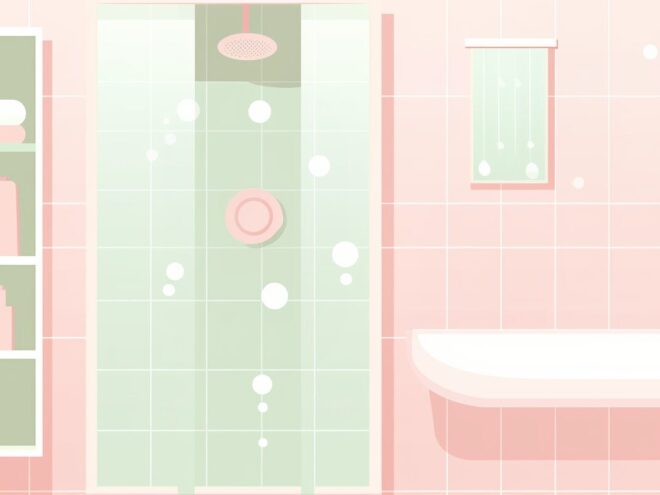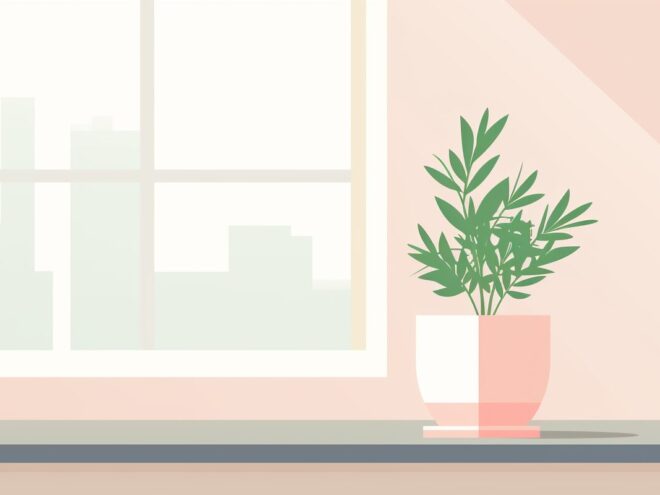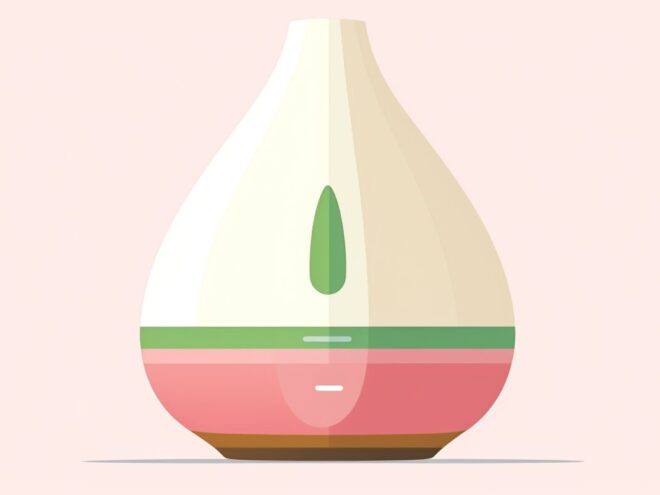Home • 07/11/2019
7 Ways to Have a More Sustainable Home
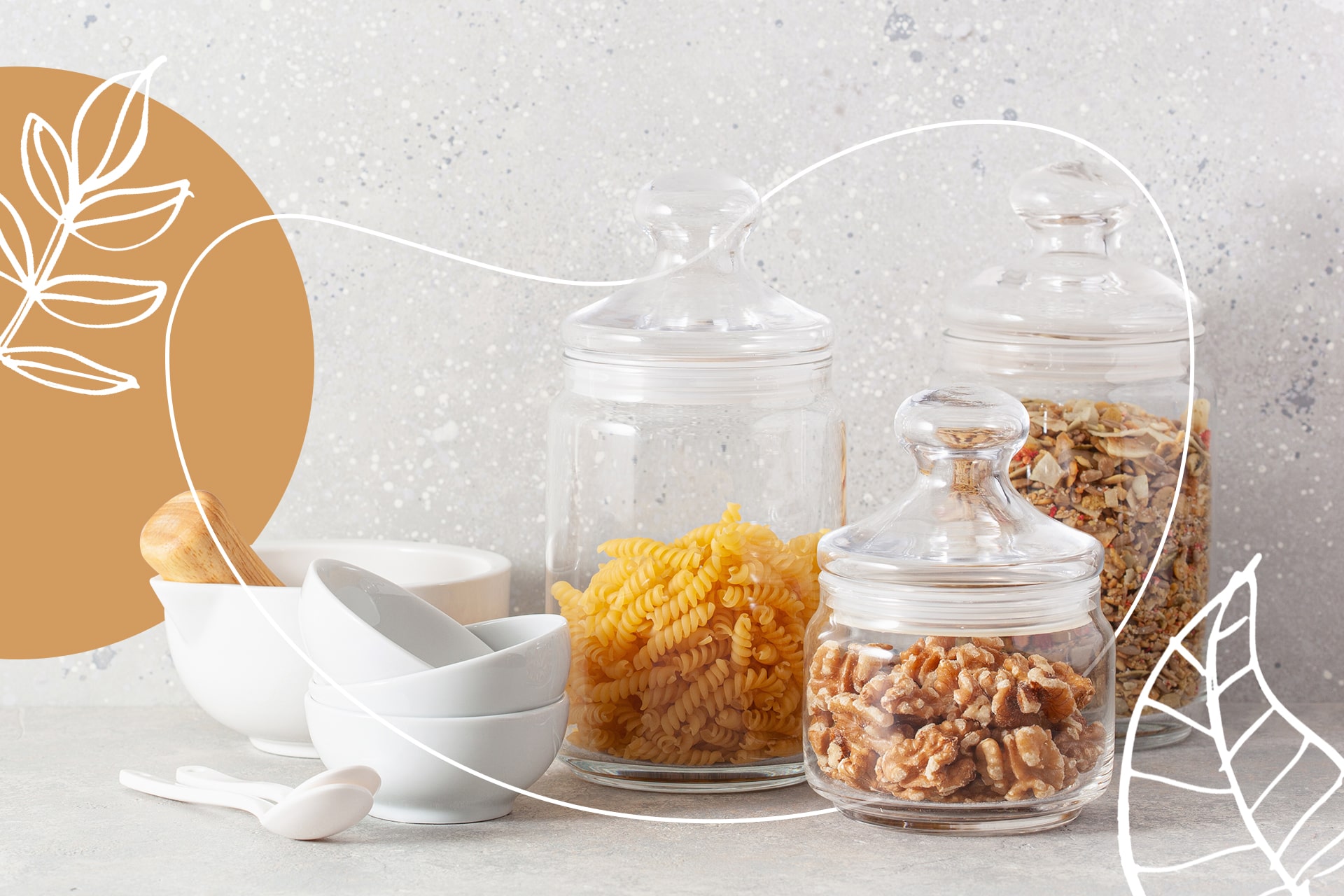
Revivalist is a reader-supported endeavor and our posts may contain affiliate links. When you buy through links on our site, we may earn an affiliate commission.
The effects of climate change have grabbed headlines for years now, with the prognosis for the earth’s health and the future becoming increasingly grimmer. As such, many of us want to lead greener, more sustainable lifestyles — and that begins at home. So, if you want to use less and do more for our planet, read on to find seven ways to do it:
1. Start a Compost Pile
How much food goes uneaten — and in the trash — in your home? The EPA estimates that a staggering 96 percent of all of the food we toss ends up in landfills, the sewer, or combustion facilities. We can do way better things with these foodstuffs, namely transforming them into a nutrient-rich compost that we can use for gardening. It doesn’t take much to start a compost pile. Outline three square feet of space where you can keep your compost bin, then choose a container that’s three feet wide and no taller than your hips. After that, toss all of your organic kitchen waste — think eggshells, flower stems, potato peels, tea bags, newspapers, etc. Just be sure to keep an equal ratio of green and brown additions. The former includes plants and produce, while the brown covers everything else. With the right ratio, all you have to do is flip your compost once a week and it’ll turn into soil in a few weeks’ time. Then, you can use it in your garden or give it to someone who will use it. Either way, you’ve made your home more sustainable by reusing your waste!
2. Reconsider Your Kitchenware
The reason we have so much food going bad is because of how we store it. Plastic containers don’t do as good of a job preserving our leftovers as, say, a glass or stainless steel container. So, you can make your home more sustainable by investing in such storage products to keep things fresher for longer. To that end, try and cut down on one-time-use plastic and paper products. For instance, bringing along your own coffee cup means you can save one Starbucks cup from the landfill — that’s why I always carry mine with me. Oh, and you can find eco-friendly versions of a lot of the materials you use in the kitchen, from reusable cloth bags that replace plastic ones to beeswax wrap and flooring made from raw material content like natural rubber from trees.
3. Go Green — Literally
Adding houseplants to my bedroom has completely transformed the space into a sanctuary, but that’s not the only reason to incorporate leafy greens into a home. It turns out that our indoor foliage works to filter and clean the air inside of your space — reducing toxins that could escape into the atmosphere is always good for the Earth.
4. Harness the Sunlight
We have a major resource in the sun, and a lot of us aren’t tapping all of its potential. And I’m not even talking about solar panels here, even if they might be a smart addition to your home. I’m talking about good, old-fashioned sunlight and all it can do to make our homes more sustainable. Let me explain: For starters, sunlight is warm, as we know — therefore, opening our curtains in winter to let the sun in can help naturally heat our houses. Plus, if the sun’s shining, there’s no need to turn on a light. Crack open the blinds and the curtains and use the daylight until, you know, it starts to get dark. At that point, think about turning on an LED bulb, which uses much less energy and saves you money over time.
5. Go Digital
There’s something nice about holding a newspaper or novel in hand and flipping through its pages, I know. However, buying new paper products boosts the demand for them, which means we’re going to continue expending our resources when we don’t have to. Therefore, as often as you can, swap physical books, magazines, etc., for their digital versions. In the case of the latter, you can often download issues to your e-reader. If you still crave a physical piece of literature, then try buying used copies. Oh, and make sure to opt for digital copies of important documents, such as airplane tickets, to save paper outside of your home, too.
6. Cultivate a Smarter Closet
Similarly, you don’t have to buy new clothes. Thrift and consignment stores sell secondhand items at a lower price. Purchasing from here prevents such items from ending up in a landfill, thus protecting the earth. And, because we need new wardrobe pieces as the seasons change, this is an earth-friendly activity in which you can partake year-round. Make sure you return the favor — and keep the recycling going — by donating your old clothes, too, instead of throwing them away.
7. Save Water
Finally, be sure you’re mindful of water usage — I know I used to love taking extra-long, extra-hot showers after extra-busy days. However, I realized that such a hobby was really wasting water, so I kicked the habit. I also installed a low-flow shower head to further save H2O while I shower. We can all take further steps to reduce water usage, such as turning off the faucet while we brush our teeth or running the dishwasher only when the entire rack’s full. Who likes Tetris? That should be the person filling your dishwasher so that it’s filled to the brim and super eco-friendly.
Start at Home
The planet’s not going to save itself. The above are just seven ways that we can all start doing our part to repair and protect it for the generations to come through our very own sustainable home. So, rip open those curtains and throw your apple core in the compost pile — we have work to do.
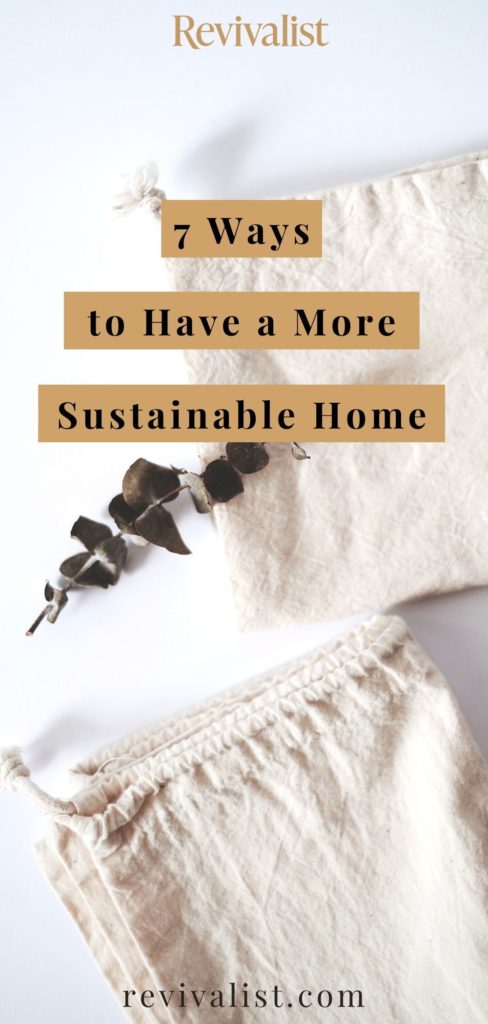
Subscribe to Our Weekly Newsletter
We would love to connect deeper with you!
